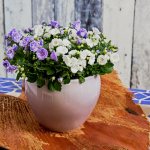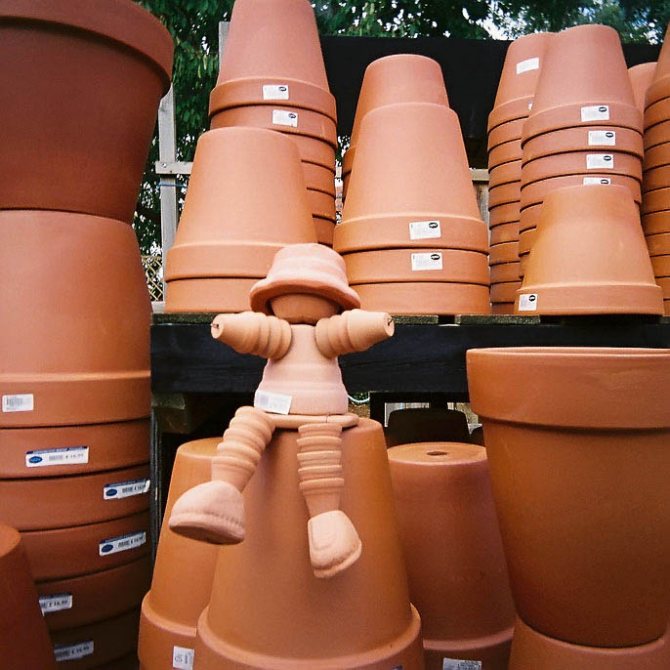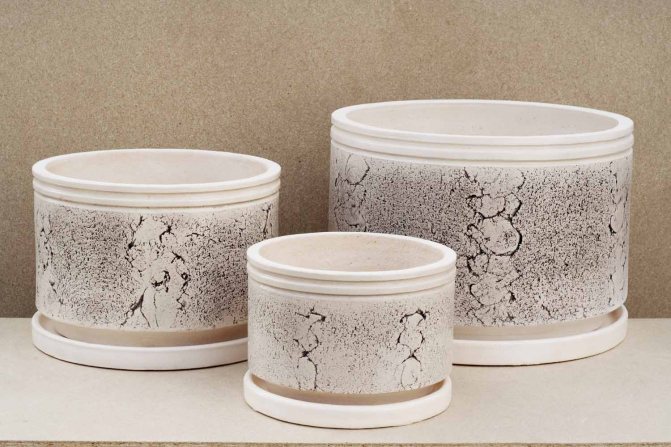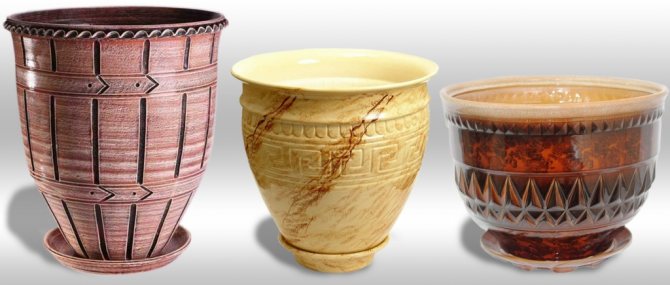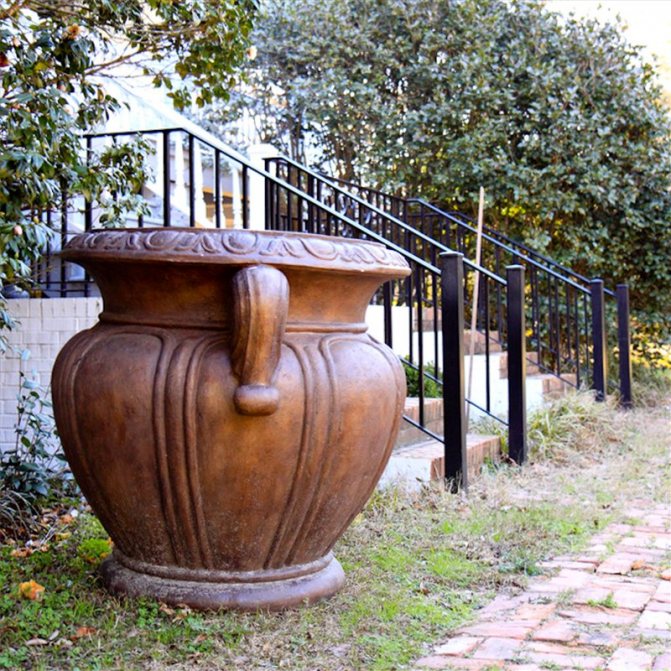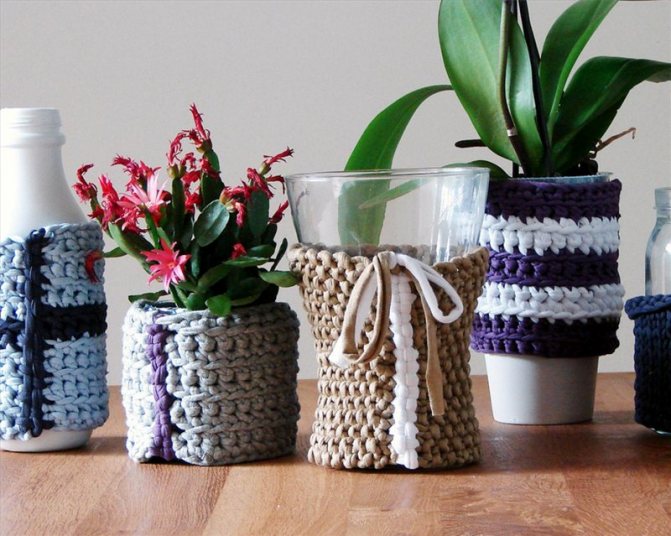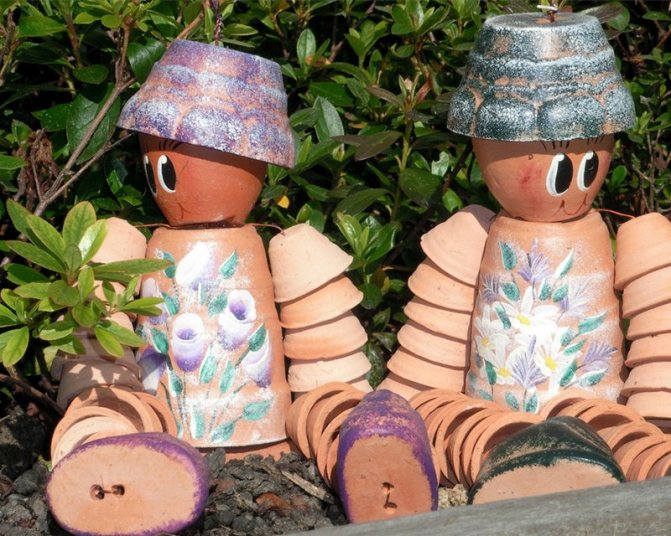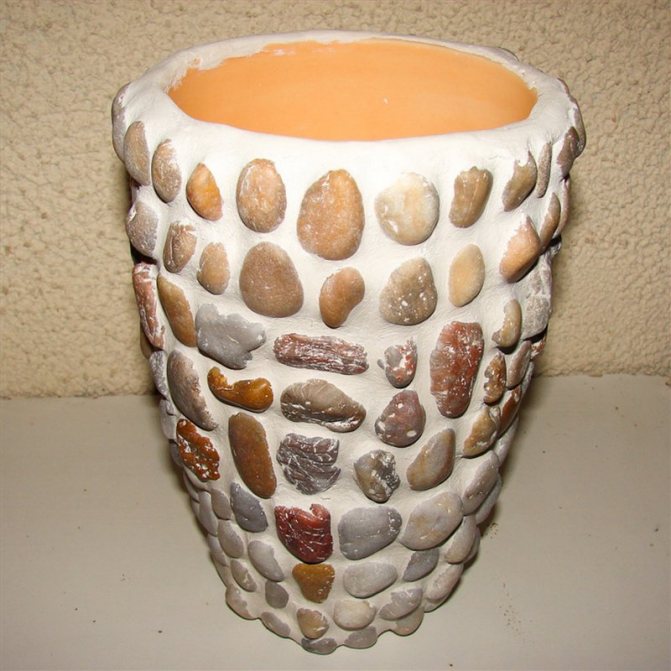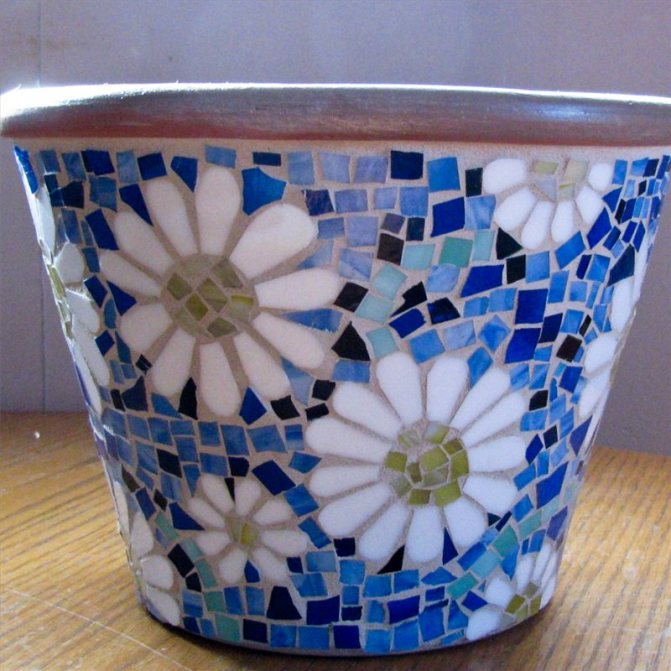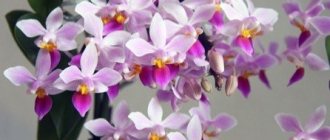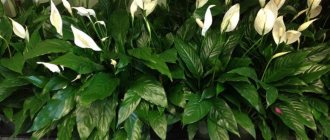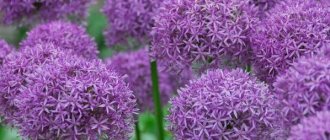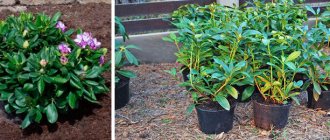Flower pots play a double role in our homes: firstly, of course, we keep plants in them, but who knows if their aesthetic and decorative role is not more important. A well-chosen flower pot to the interior simply adds charm to the spaces in which we live.
However, it would be a mistake to be guided when choosing pots only by their appearance.
What should be guided by when choosing a flower pot?
The problem is that without knowing how to choose a flower pot, we cannot only take into account the aesthetic aspects. Two key factors that we should, first of all, be guided by are:
- what plants will we keep in them
- and the environment in which they will live in our house.
Everything else will depend on this: their size, shape, color, as well as the material from which they are made.
How to choose the right flower pot?
If you decide to start breeding indoor plants, then, in addition to choosing a plant, you will immediately have a choice of a flower pot and, possibly, a pots. How to choose the right flower pots by size, what pots are needed for, will be discussed in this article.
Immediately after purchasing a new plant, you will need to transplant that plant into a new flower pot. The containers in which the plants are sold are just containers for transportation.
And the soil needs to be changed, because instead of the soil necessary for this plant, the container contains, most likely, high-moor peat. It dries up very quickly, corks and does not retain water. You can often hear: there was a flower in the store, so beautiful, but for some reason it disappeared at home. Therefore, in order not to start right away with mistakes, buy a flower pot for your pet.
Almost all indoor plants thrive in small-sized flower pots. Before going to the store for a flower pot, decide on the choice of a houseplant.
If the plant is old enough and tall, for example, like indoor maple, clerodendrum, or it has large massive leaves, like monstera, some species of ficus, then you will need large flower pots... And such indoor plants as peperomia, saintpaulia, pelargonium, gloxinia and many, many other small plants with lush foliage feel much better in small flower pots.
When choosing a flower pot, you need to pay attention to its height and diameter. If you choose a flower pot for the height of the plant. It is this parameter that you need to pay attention to when you choose a pot for alocasia or zamioculcas. Your choice will be correct if the height of the flowerpot is one third or a quarter of the height of the plant. If the plant is tall, about 1 meter, then the height of the pot for it should be at least one third of the height of the plant.
If, when choosing a flower pot, you are guided by the diameter, then you should know that the wider the crown of the indoor plant, the wider the pot should be. For example, a pot with a diameter of about 20 cm is suitable for plants with a height of 30 cm to one meter. The ideal flower pot has the same proportion: the diameter of the pot is 2/3 of its height, this must be remembered when choosing a pot for Elwoodi cypress.When choosing a pot for a tall plant with a wide spreading crown, for example, an adult common myrtle, pay attention to the base diameter: it should be at least one third of the plant's height.
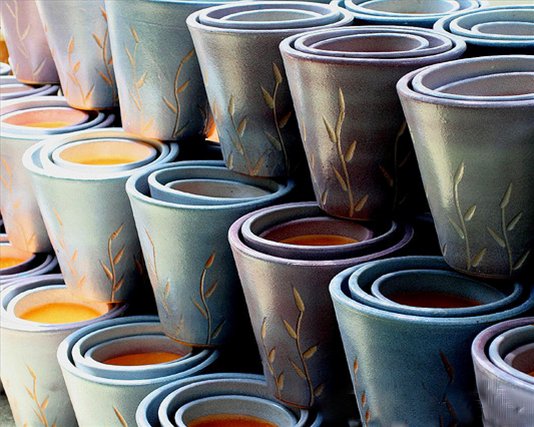
Balsam
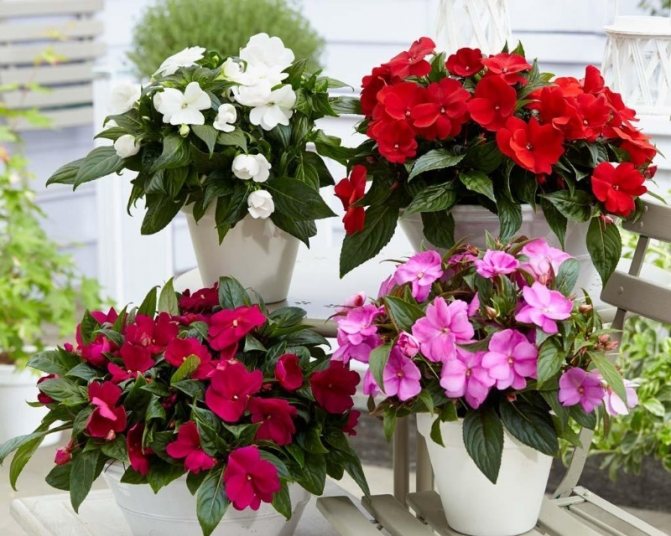

The need for a tight pot for this flower is due to its weak root system. It is located at the balsam almost on the surface, which makes the abundance of soil under the roots practically useless. In addition, this can lead to acidification of the substrate, which will lead to the death of the plant in the future.
Sometimes too large a pot can force the balsam to spend all its energy on the development and growing of stems, which will negatively affect the formation of inflorescences.
What material should flower pots be made of?
Probably the most ecological - clay and ceramic flower pots... Plants are very comfortable in them, especially a home rose. However, they are quite fragile, with one careless movement the pot will fall and break. Also, when reusing a clay or ceramic flower pot, disinfection is needed, or better soaking for a day - two in a disinfectant solution containing chlorine.
If the plant is very large and stands on the floor, then you should not buy a ceramic pot for it, but rather use a plastic one. After all, it is much lighter than ceramic, and therefore it will be easier for you to move it.
But cacti can even grow in iron jars. Small cacti in old vintage tea or coffee jars will look especially beautiful.
Now the most practical and relatively cheap are plastic flower pots... There is a large selection of plastic flower pots in stores, so it is easier to find the right size pot.
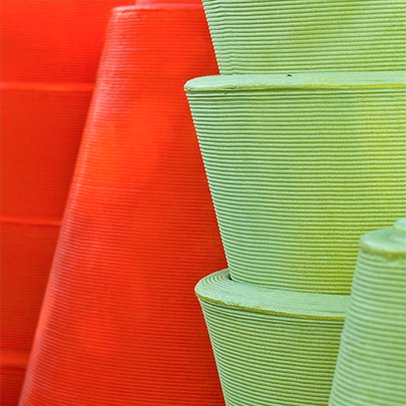

Violets


All types of this plant are small in size, so they do not need a huge pot. The roots of violets are actively developing on the surface of the soil, which allows them to release many layers.
These flowers do not need transplants, as they feel comfortable in cramped conditions. Only occasionally can you remove violets from pots to free them from rotten roots and get rid of excess soil. After that, they need to be returned to their original container, having previously fertilized the soil with an organic mixture.
Rules for choosing a flower pot:
- if during the transplantation of the plant the division of the root system is necessary, then you will need several pots with a smaller size than the previous one;
- if the plant is old enough, then it is better to choose a pot 1.5-2 cm larger than the previous one. In this case, we can talk about the transshipment of a plant with a partial replacement of the earthen mixture;
- if the houseplant continues to grow, and you are not going to divide it, then it needs a pot 3 cm larger than the previous one;
- if the plant is fast-growing, or very large, or the next transplant is only in 2-3 years, then buy a pot 4 cm larger than the previous one.
If you want to use an old flower pot, be sure to disinfect it and dry it thoroughly. You can use chlorine-based products to disinfect flower pots.
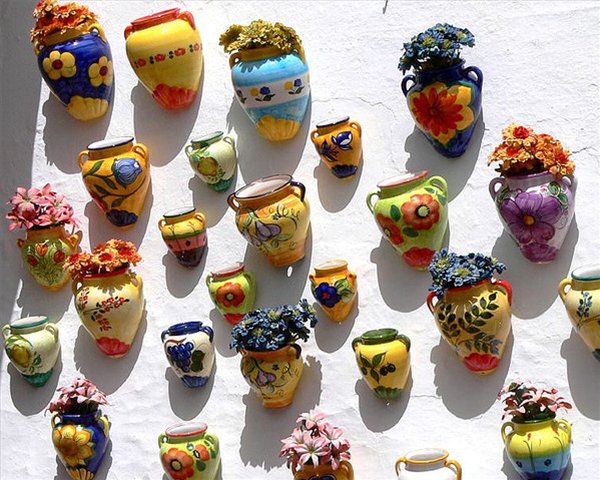

Sansevieria
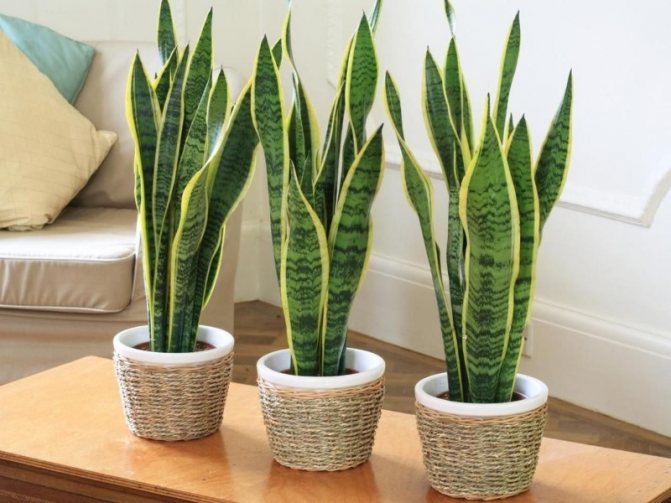

This stemless indoor flower thrives in a wide, but not deep pot. This is due to its root system, which grows mainly in breadth.
In order for sansevieria to actively grow and bloom stably at least once a year, it must be planted in loose soil, consisting of leafy and soddy soil with sandy admixture.
It is recommended to transplant the flower if there are roots protruding from the pot, some of which can be removed with a sharp knife.
Flower pots must have a drainage hole
First of all, you need to know that there are flower pots for growing. These pots contain holes in the bottom to drain excess water... In addition to flower pots for cultivation, there are pots, in which there are no holes, they mainly serve as a decorative function.
The main disadvantage of decorative pots is that after watering, excess water accumulates at the bottom. If this water is not drained every time after watering, then the roots of the plants will suffocate. And this entails various diseases. The leaves become lethargic, brown, rot begins to develop: both root and on the crown of plants.
If there is no drainage hole in a flower pot or other container that is suitable for growing a houseplant, try using available tools: for example, using a drill, it is easy to drill a hole for water to drain. A tall flowerpot should have one hole for every 10 cm2 for good drainage.


Flower pot shape
When choosing the shape of a container for planting a flower, it is advisable to stop at the classic round shape without edges bent inward. It is easier and less traumatic to transplant the plant.
If you have difficulties in combining shape, color and favorable conditions for a flower in a pot, then use a pots (from French - "hidden pot"). The floristry market offers the widest selection of these versatile decor items. Therefore, the flower can grow in an unpresentable, but comfortable dish for it, which will be closed by the original planter.
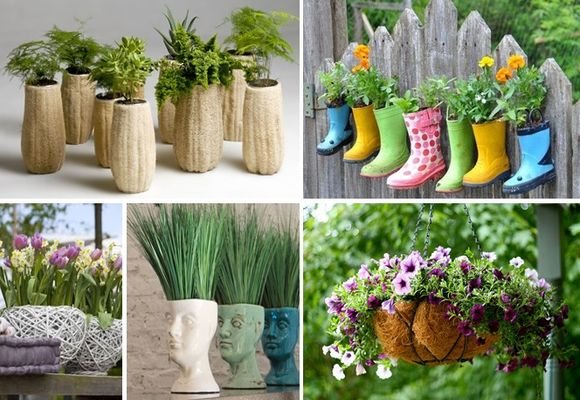

The drainage holes in the pot should be large. This will provide "breathing" and ventilation, an excess of moisture in the root system of the flower. And also protect it from decay and harmful insects that parasitize the mold.
The container must have a pallet. Otherwise, streaks and stains from flowing water will form on the surface where the pot is standing.
Depending on the characteristics of the roots, a flower house is selected. For example, cacti and many citrus fruits have long roots, but not branched. Therefore, the pot should be narrow, but deep.
And for begonias and chrysanthemums, geraniums with short fibrous roots, the container should not be deep, but wide.
Why do you need a pots?
Pots - translated from French "hidden pot", for the most part performs a decorative function. Clay flower pots are usually placed in pots, which eventually become covered with whitish spots. Planters for warm rooms can be made from a wide variety of materials: ceramics, plastic, or wood. For winter gardens, street verandas, pots made of frost-resistant materials, for example, earthenware or fireclay clay, are suitable.
To use or not to use a planter is, of course, up to you. If you decide to use flower pots for growing, then you will have to put those pots on a pallet. If you are determined to use in your interior pots, then you will have to drain the excess water every time after watering.
And, nevertheless, let me advise you to use the pots, at least in order to wake up early in the morning and look at the window where your favorite plants are in beautiful pots, to get an aesthetic pleasure, a positive charge for the whole day! After all, beautiful things in the house bring joy and happiness!
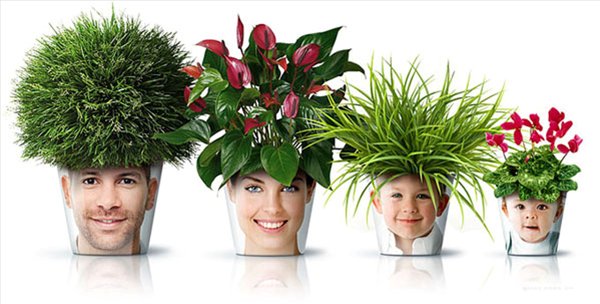

In addition to the decorative function, the pots can also perform others: for example, if the air temperature in the room is +25 oC and above, excess water from the pots can evaporate on their own, increasing the humidity of the air and thereby preserving the decorative appearance of the plant. Therefore, the pots can be used to increase air humidity in winter. It is good to put moss between the walls of the pot and the planter. It will immediately absorb excess water after watering, and then gradually evaporate moisture. If you are using a planter to increase moisture, then the diameter of the planter should be 3-4 cm wider than the diameter of the pot.
If the plant is tall, with a spreading crown, then the planter needs to be selected large enough and stable, with a wide base. For additional stability of tall or climbing plants, a decorative support can be installed in the space between the walls of the pot and the planter, while the root system of the plants does not suffer at all.
The cache-pot is able to completely transform the interior of the room, set a certain tone, and also collect all indoor plants into a single ensemble.
What are the flowers for growing in pots
Landscape designers and experienced housewives often create incredible color compositions in the courtyard of a house or summer cottage. To make the hanging garden look beautiful, you need to know which types of flowers are suitable for this purpose and how to properly care for them.
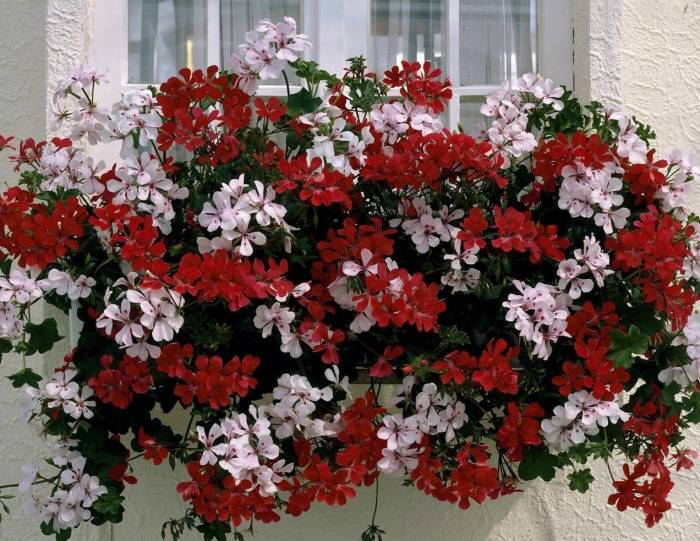

Ampel flowers
There are several types of plants for growing in hanging containers:
- curly;
- creeping;
- multi-socket;
- blooming;
- succulents;
- decorative deciduous;
- creeping.
Flowering plants
Blooming ampels include:
- petunia;
- begonia;
- lobelia;
- viola;
- fuchsia;
- diastia;
- catharanthus;
- verbena.


Flowering plants for pots
Resistant to direct sunlight
Most ampelous plants for pots tolerate the sun well. But still, it is better to place the flower pot so that the midday sun does not fall on it.
Plants that are absolutely not afraid of sunlight:
- petunia;
- verbena;
- bidense;
- Moorish bindweed.
Important! It is necessary to provide these plants with frequent watering on hot days, morning and evening.
Wind resistant
Ampel flowers for pots hanging on the street are quite wind-resistant. But during the big bad weather it is better to remove them indoors. Place flower pots in a place where there are no constant drafts.
The most resistant to strong winds is the hanging spurge.
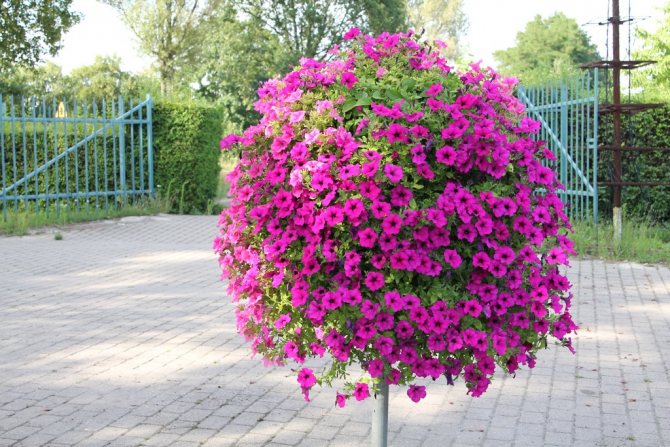

Pots
How to choose a planter?
— classic strict planters in neutral or pastel colors that can not only emphasize all the charm of plants, but also make you forget about all the tricks that we resort to for successful growth and flowering.
— bright original pots, are able to overshadow plants. However, when creating compositions from decorative non-flowering plants, bright pots are able to dilute the solid green mass.
— plain pots will bring a certain style to your interior, help to avoid a cacophony of color. But you also need to remember that a strict selection of pots in one color can be monotonous and boring.
- under the pots, you can use not only old ones, painted with pictures or inscriptions, but also modern metal cans for coffee, tea or cookies. By the way, cacti and succulents really like to grow in such metal jars and boxes, but when using them for planting plants, do not forget to make holes in the bottom of the box or jar.


- but you can not spend money on pots, but decorate flower pots with your own hands using macrame, blend, paper. The pots can be decorated with a variety of themes, you can even create your own beach in the garden! To decorate the pots, you can use any material at hand, you just need a desire and a little imagination. Bring positiveness into your life, let your occupation bring you only joy!
Ampel flowers for pots hanging in the apartment
The most popular hanging houseplants are:
- Ceropegia Wood. It has light red and dark green leaves with white stripes.
- Chlorophytum. It is often called the green lily. It grows and develops well even in dark rooms. It is usually placed in the kitchen or in places where there are a large number of people, since the plant perfectly cleans the air.
- Dichondra.Ideal for hanging baskets and requires little maintenance.
What are ampelous plants and ampelous annual flowers
There are a huge number of ampelous plants that can be used to decorate a house or apartment in hanging containers. The most popular are fuchsia and begonia.
Fuchsia ampelous
Belongs to the fireweed family, there are different varieties. This climbing plant needs to be planted only in pots, in ordinary pots it will not be able to show all its beauty.
Fuchsia varieties:
- Golden marinka - elongated flowers with a white center, light green leaves have a golden hue.
- Iceicle has large white flowers, sometimes with a pink tint.
- First love - flowers are presented in purple colors from light to dark.
- Fairy - white and red flowers.
- Golden Monica - large double flowers of a pink hue.
- La Fiesta - bright crimson flowers with light sepals.
Fuchsia should be placed in partial shade so that the midday sun does not hit the plant. The pot should be small. The soil is universal. In the warm season, fuchsia can be kept outdoors or on the balcony, in winter - in a warm room.
Important! In early spring, the plant should be transplanted into a larger pot.
Begonia: a variety of forms and species
Begonia is an unpretentious plant that has beautiful bright flowers up to 8 cm in diameter, asymmetric leaves, and a beautiful bush shape. The petals are double or simple. The range of colors is presented in all shades of red, as well as white, orange and yellow.
The pot for seedlings of begonia should be shallow and wide, there should be a drainage layer at the bottom. You need to plant the plant in partial shade so that at noon it is in the shade.
Shade-loving ampelous plants for pots
Plants for pots, which grow well in the shade, can be placed on terraces, in gazebos. You can decorate arches and other poorly lit places with them. These include, first of all, begonia and oxalis.
Where ampelous plants are used
Fuchsia ampelous - growing and care at home
Ampel flower pots can be used both indoors and outdoors. There are plants that are suitable for both indoor and outdoor use. And there are only indoor or only outdoor plants. So that the efforts and funds spent on flowers are not wasted, you need to get acquainted with the different varieties of ampelous plants, the peculiarities of caring for them and methods of reproduction.
Hanging Gardens Placing
When decorating a hanging garden, you need to choose the right containers for planting plants. They should be in the same style and fit the exterior. The composition should be in the same color scheme or colors should harmoniously complement each other.
An overabundance of plants will not be a good option for decorating a garden or yard, as too little will be lost against the background of a large area.
Important! Floral arrangements should be well-groomed. Sluggish, small, dry parts should be removed in time so as not to spoil the composition.
Petunia: a lovely fragrant flower for planters
Petunia grows well in a hanging pot, blooms for several months. She is unpretentious in care. This is one of the most popular ampelous plants for pots on the street.


Ampel petunia
Ampelous Bacopa: a charming flower
Bacopa is a beautiful perennial plant belonging to the norichnik family. This creeping plant is native to South Africa and has been popular in Russia for about 20 years. However, in cold winters, it does not live up to next spring and is considered an annual. If the plant is removed in the cold season in a house where the temperature does not drop below 10 degrees, then in the spring it will bloom again.
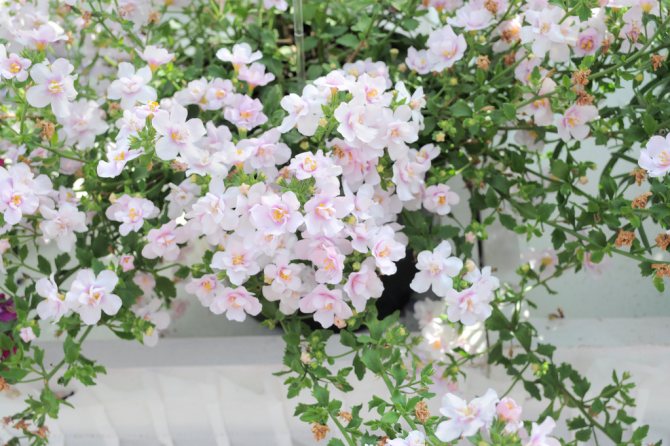

Bacopa
Long shoots reach 70 cm, small leaves are arranged in pairs, have an olive tint. Small flowers are densely placed on the bush, they are blue, white, pink and purple.Flowering occurs in waves.
Bacopa does not require any special care. The main thing is not to forget to regularly water the plant, since in nature it grows near water bodies.
You need to plant a flower in a well-lit area, then the bush will be lush and bright. In shaded areas, it will have very small flowers, and the shoots will become thin and long. Regular pinching of young shoots will increase the volume of the bush and the splendor of the flowers.
Important! When planting bacopa in a pot, you need to make good drainage at the bottom of the container.
Different types of interior
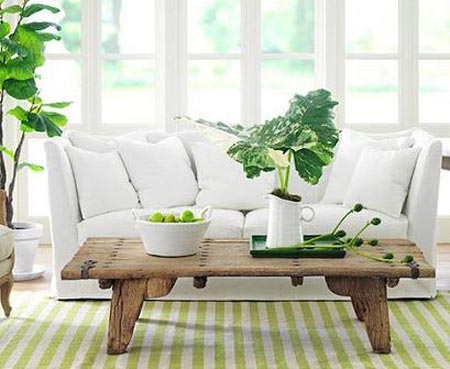

Just follow the shape - it should match the style of your interior, as you can see in the photo above and in the photo below. The interior with the motives of country, Provence, coastal style, cottage style is well suited for flower pots of traditional shape and in the form of jugs, modern interior - laconic, angular or streamlined shape. Refined interiors in retro style and shabby chic - perforated with lace and cutwork imitation. Classic interiors - classic forms.
Maintaining any color in your interior is always good. An interesting example in the photo is a photo wallpaper with the image of roses, against their background there are identical roses in the same flower pots that support the main colors of the photo wallpaper. Please note that everything is done exactly according to the rules that I wrote about above.
The final picture looks somewhat luscious for my taste, but if the owners like it, then ok. At least from a design point of view, there is nothing to complain about.
Two good examples of rhyming with interior elements are in the photo below.
The golden terracotta flower pots in the photo on the left support the embroidery on the pillow, and the red flowers rhyme with the color of the table and tiles. In the photo on the right, the dark red color of the pots supports the color of the pillows.

